Introduction
e-earphone is Japan’s premier portable audio chain. With five outlets spanned across Tokyo, Nagoya and Osaka, they’ve near-single-handedly provided the nation with a world’s worth of headphones, in-ear monitors, digital audio players and accessories. During my most recent trip to Japan, I visited both of e-earphone‘s flagship stores in Tokyo and Osaka, and auditioned a wealth of in-ear monitors. Read on to discover what the Land of the Rising Sun (and beyond) had to offer.


Page 1: About e-earphone, e-earphone‘s Custom IEM Specialty Store
Page 2: FitEar
Page 3: Rhapsodio, LEAR and FlipEars
Page 4: FAudio
Page 5: ACS Custom and Astell&Kern/JHAudio
Page 6: Kumitate Lab and Sony Just Ear
About e-earphone
As mentioned in the introduction, e-earphone is Japan’s go-to portable audio hotspot. Despite a near-equal split between more affordable, mainstream brands (like Bose, Nakamichi and Audio-Technica) and artisan, niche entries (like STAX, Ocharaku and HIFIMAN) the store maintains a constant influx of consumers young and old. Throughout my multiple visits, the store was constantly packed with all sorts of audiophiles auditioning classic and cutting-edge products alike.

Unlike audio retail stores I’ve seen in Singapore and Indonesia – where demo units are typically kept behind glass doors or plastic cupboards – e-earphone proudly displays their entire arsenal of products on makeshift stands for people to freely audition to their heart’s content. I believe the constant disproportion between store employees and visitors to be the main cause of this, but it does make way for creative marketing as far as those stands are concerned. And of course, every detachable in-ear or headphone is sternly secured – albeit, crudely – to their posts to avoid tomfoolery of any kind.
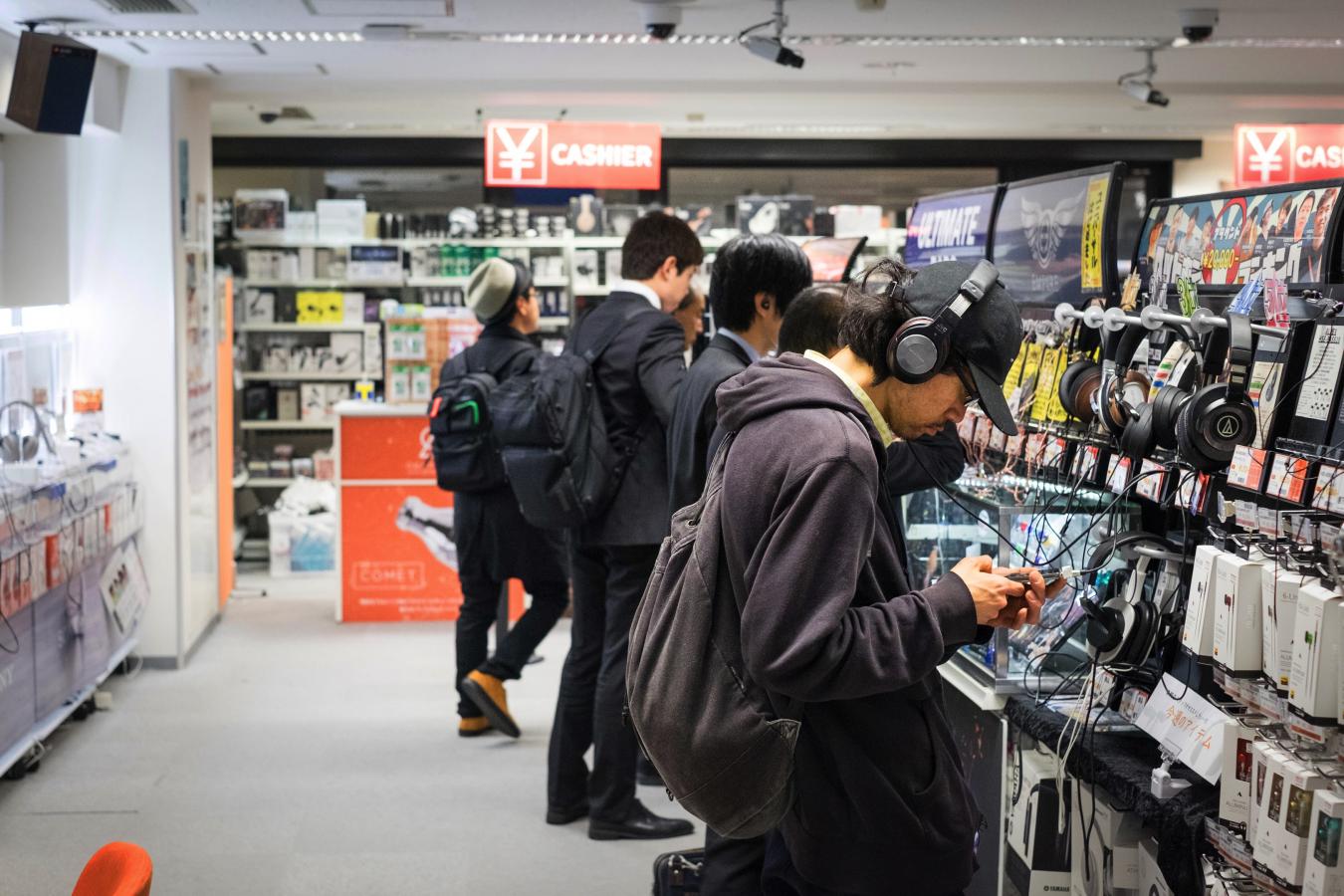
Their flagship store in Akihabara is actually split into two separate units. One is on the 4th floor of a commercial building which houses headphones, amplifiers, sources and universal IEMs. The second unit is in a storefront a minute’s walk away, which is where their all their custom IEMs are located – we’ll come back to this later. The former unit is far larger, more fully-staffed and crowded as well. Alongside rows and rows of in-ears, players and headphones, they also sell a myriad of accessories – like cases, screen protectors, dehumidifiers and carrying pouches from a wide variety of brands.
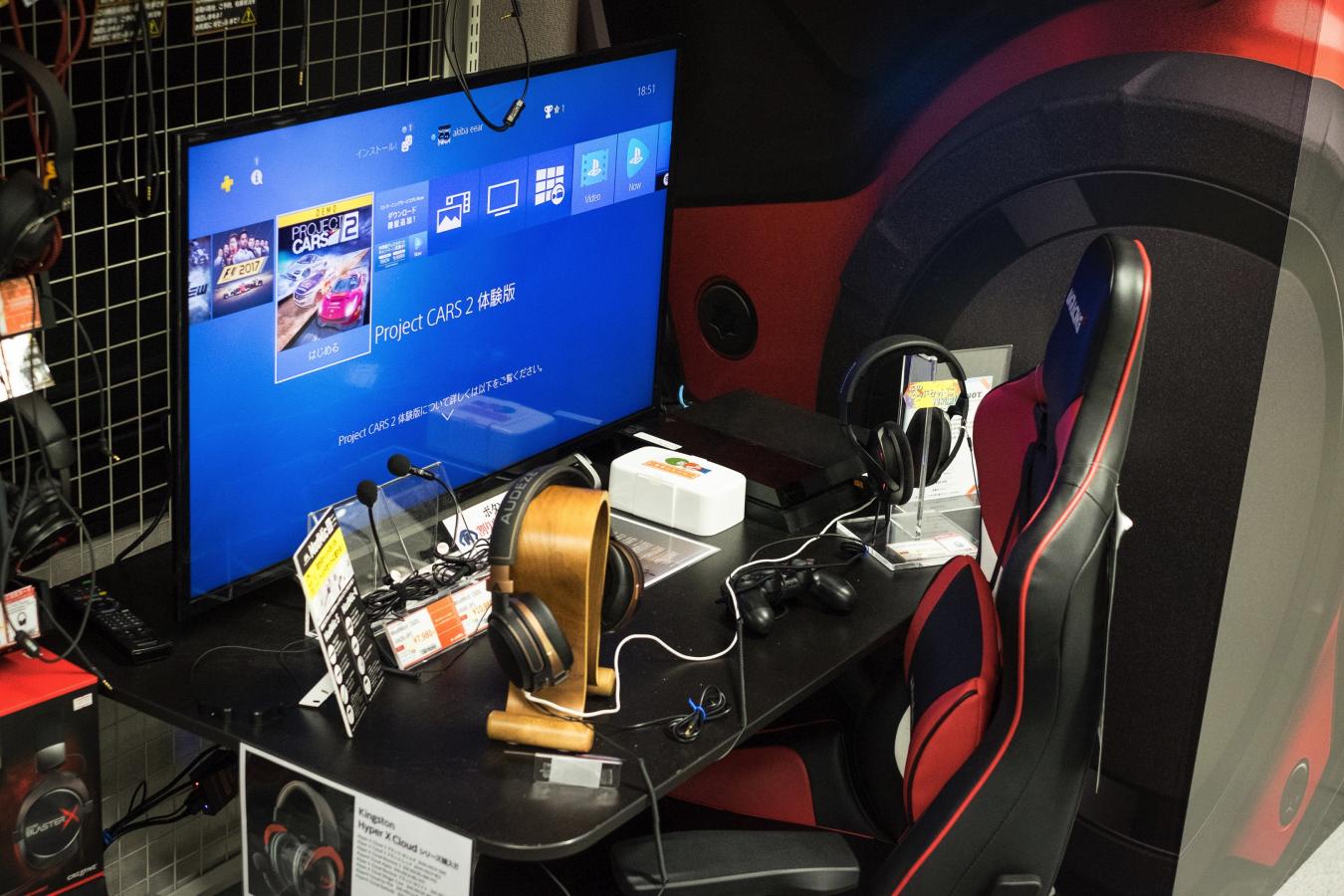
e-earphone also cater to a rich, thriving segment of the Japanese audio market: Second-hand products. Stores like Fujiya Avic basically make a living off of used products, and so do e-earphone. Their website houses a detailed inventory of their second-hand items with photos, descriptions, where they’re available, etc. Here, you can see the used-headphone shelf littered with high-end flagships looking for a new owner, with the used-DAP-and-accessories section right next to it.
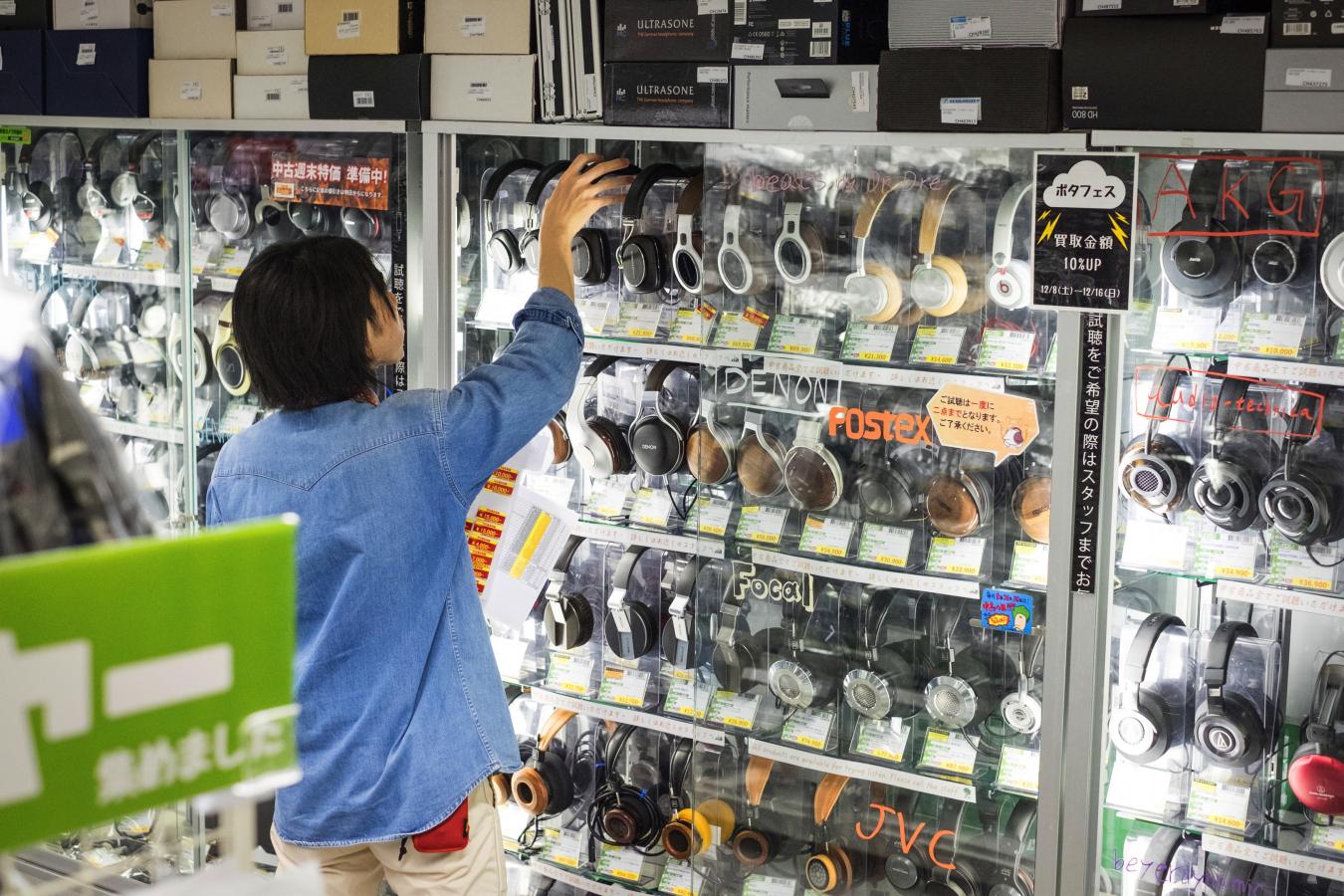
e-earphone‘s Custom IEM Specialty Store
e-earphone‘s custom in-ear store is located at street level – far more compact and intimate than the main unit.
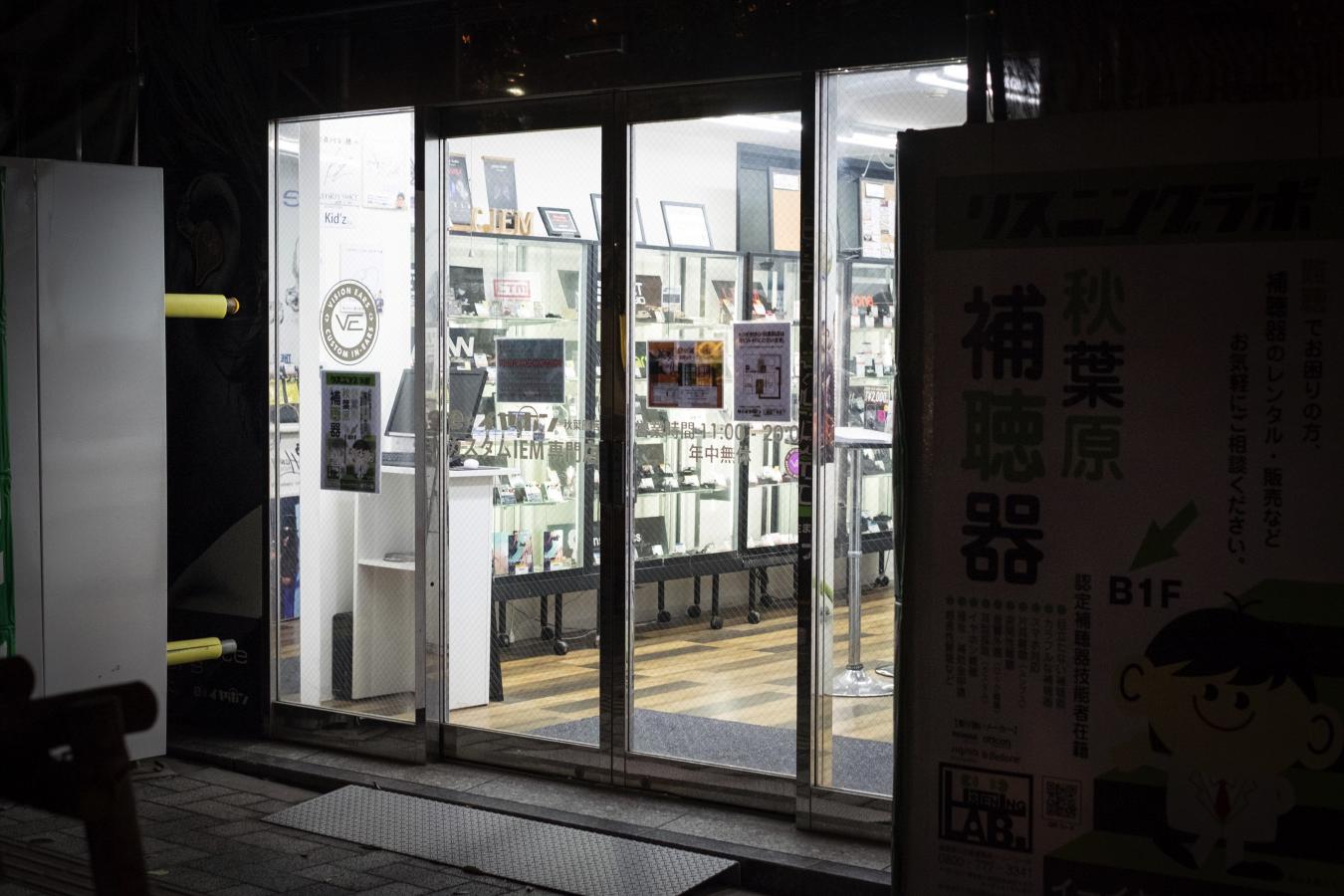
Two staffers man the shop at all times. Unlike the main store, the demo units in the specialty outlet are locked in glass cabinets that only employees can access. Auditioning and purchasing in-ear monitors require their constant assistance.

As one might expected, e-earphone‘s custom IEM inventory is packed with brands from all across the globe – the total number being 30! Hailing from the US are Empire Ears, JHAudio, 64Audio, Westone, Ultimate Ears and Sensaphonics. South-East Asia is represented massively by HUM, Unique Melody, Lark Studio, Jomo Audio, AAW and many more. Of course, one shouldn’t exclude the Japanese brands on display too, including FitEar, Kumitate Lab and Canal Works.

Europe is also a huge player in Japan’s custom in-ear scene. Custom Art, Lime Ears and Vision Ears’ products seemed to be what most people wanted to audition most. The latter of the three had their own row of open demos for the public to try, which certainly boosted their appeal. On the left side of the frame, you can also see the wide array of accessories the store had to offer. They ranged from a mix of stock cables, to wireless upgrade cables, desiccant, pouches and more.
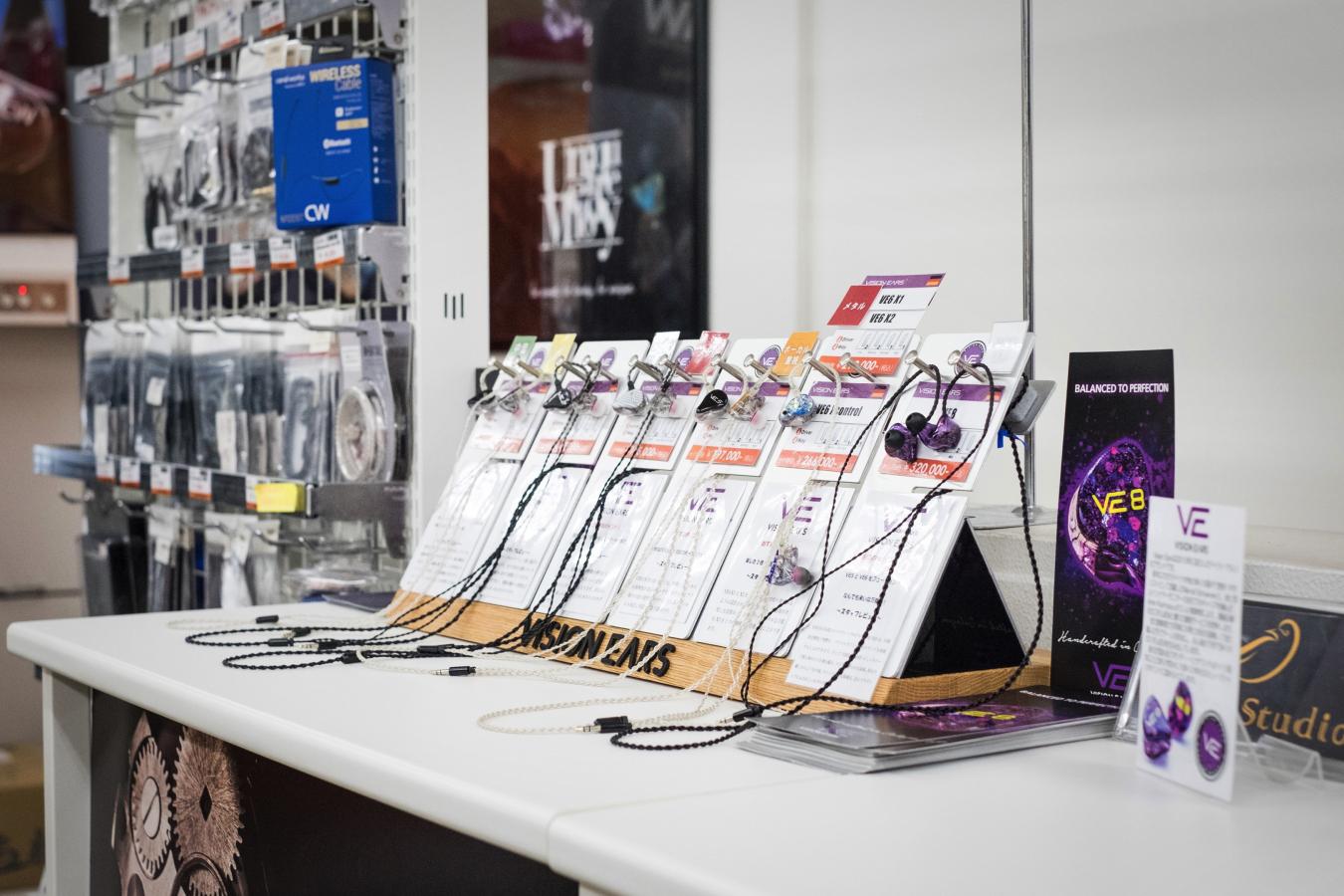
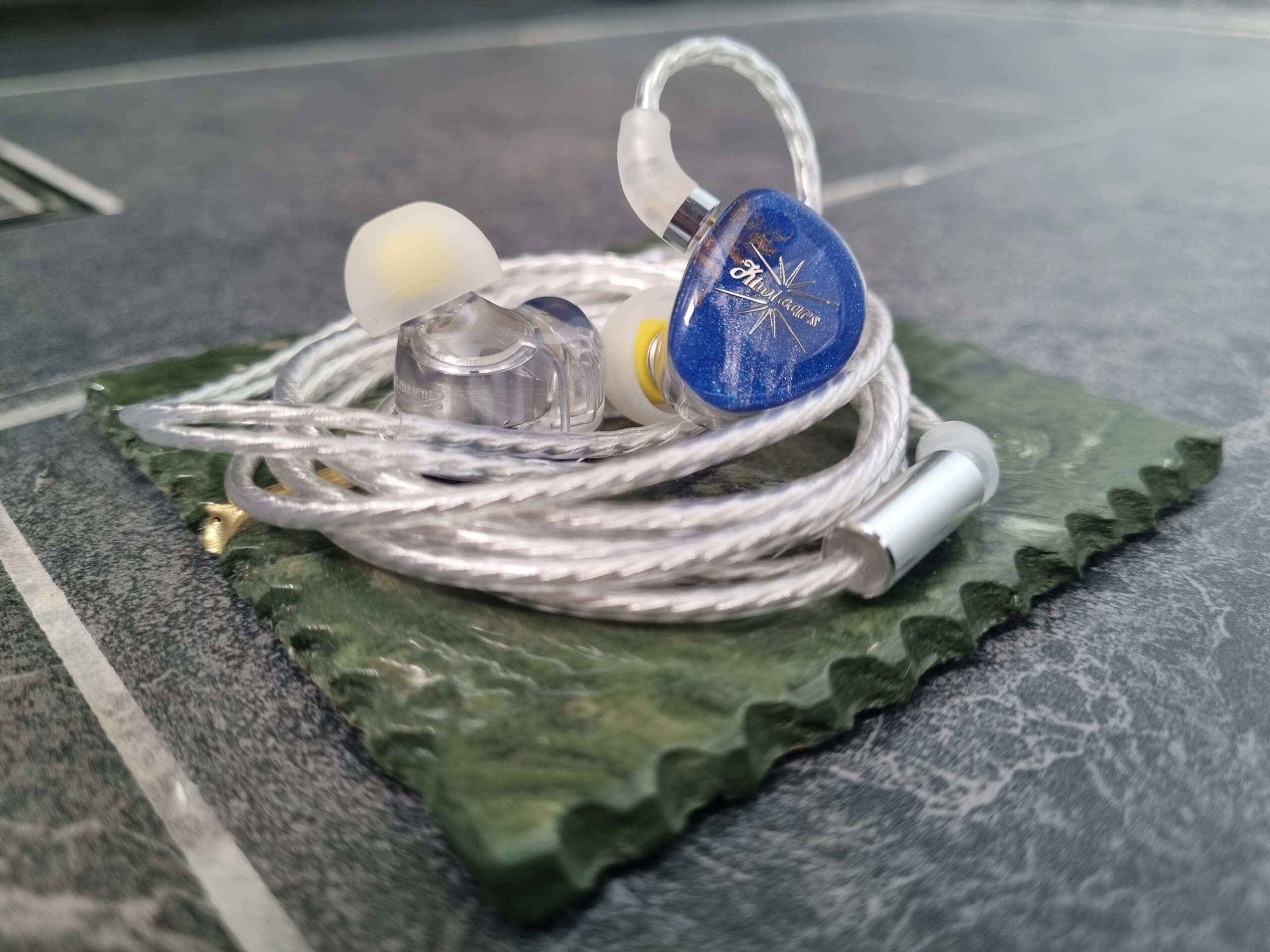
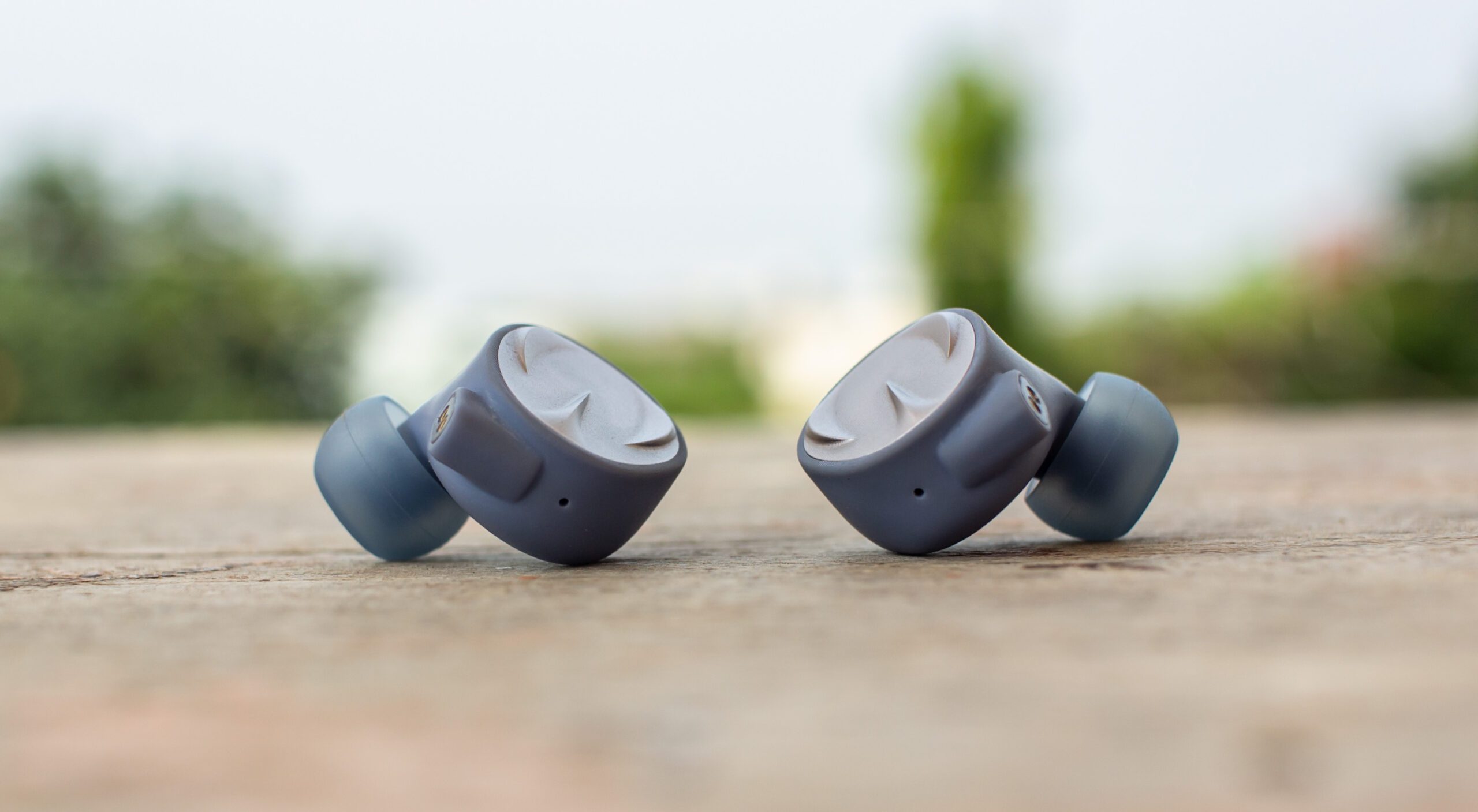
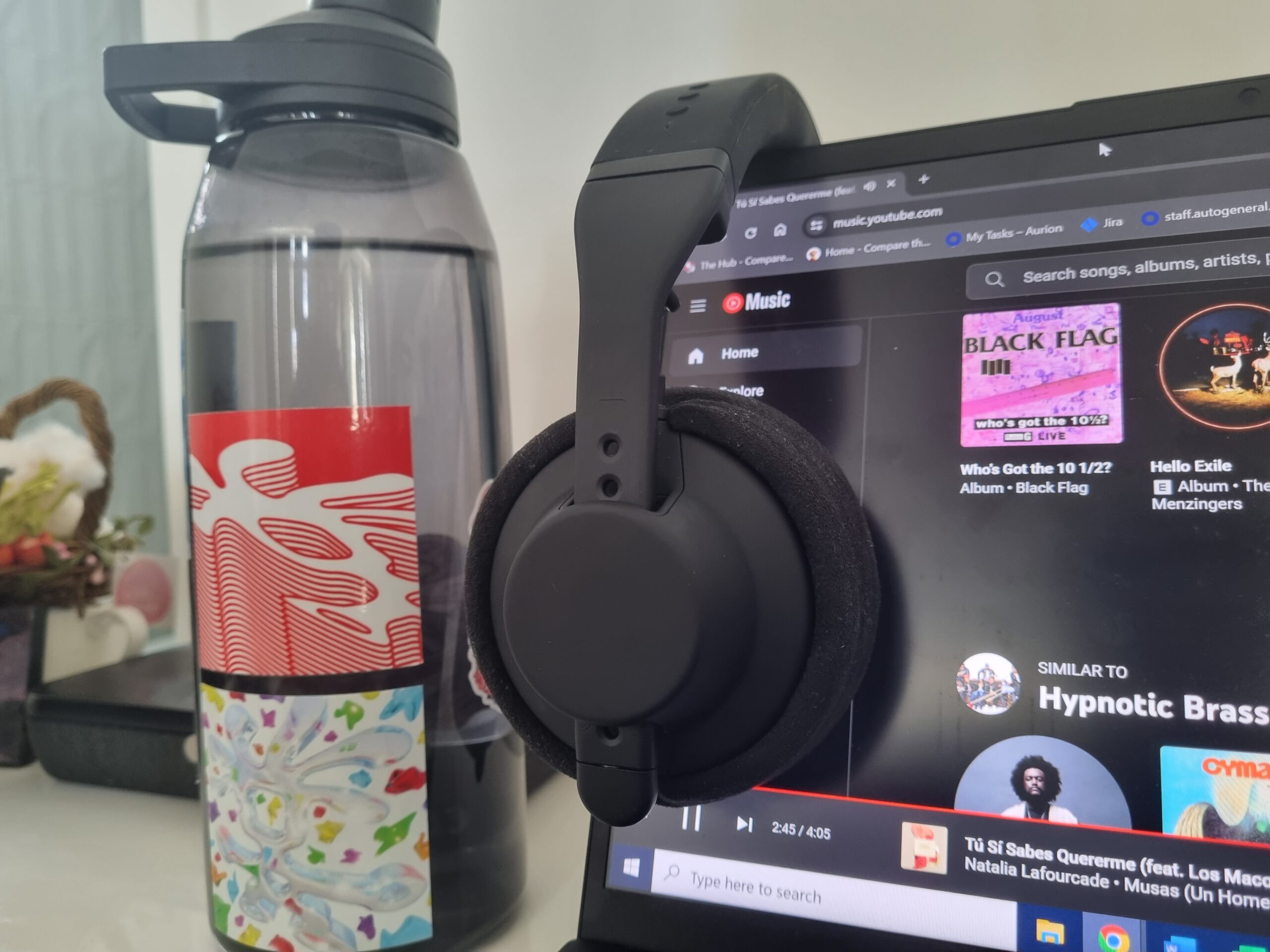
14 Responses
Hi, does e-earphone japan ships to the US?
Hey Rhyan,
I first stumbled upon them on Instagram, so when I saw their products at e-earphone, I instantly wanted to try them. I got a couple minutes on a couple of their other models, but I forgot which they were. They shared a common house sound with a crisp treble, an emphasis on detail and a neutral tone, which I honestly find a bit generic at this point – not bad per se, but it’s something I’ve already heard hundreds of times before. So, the AXIS was clearly the one that stood out and really stuck with me throughout my entire trip.
Cheers,
Daniel
I mean more impressions on the their line up
Hi Deezel,
How did you came by the Flipears? I only know that they are Philippine made. Any more impressions on the Axis?
Hey Neil,
All three are pretty well-balanced. The most mid-centric of the three is definitely the 334.
Cheers,
Daniel
Hey deezel I wanted to know how the fitear togo 334 faced against the fitear est and fitear 2 which one is a better balanced out of the 3 but with still having a mid-centric signature
Hi Tim,
Unfortunately, I can’t find out what model it is by serial number alone. If the model number isn’t printed on the bulbous concha area, the only other indicator would perhaps be colour, because FitEar usually colour-code their universals. But for the most accurate information, I’d recommend e-mailing FitEar directly and asking them for clarification.
Cheers,
Daniel
Hey Deezel. Thanks for your interesting article. I have a Fitear model bearing the number: 084537. It appears to be from the Universal Series. Can you tell me if this is the case and what current model if any it most resembles?
Well thanks for the detail, I will give a quick run down of iems I used to have ie80, ie800 , sm64/earsonics velvet, oriolus mkii, phonak pfe 232 to then picking up the andromeda which was amazing but had a bad fit to finally using the fitear tg334 which had great vocals, I listen to a lot of rnb (miguel ofcourse), old school hippop, triphop and country so for me mids and treble are important as is bass, so now you know my history interms of iems, I guess I learn towards warmish clear dynamic sound as fitear tg334 has a very dynamic bass but is a bit bloated
I’ll copy and paste it here:
“Hey Neil,
I talked about the Major quite a bit in my e-earphone article here: https://theheadphonelist.com/e-earphone-japan/4/. I’m afraid I can’t say much more without another audition, but I have talked to FAudio about a potential collaboration with the Major.
I can’t really speak to the comparisons you’re asking for, because I haven’t listened to them side-by-side with the Major. I can say that the Major is a step above its single-DD’ed brethren like the Dita Dream or the Sennheiser IE800S, but I don’t know whether it’s on par with technical giants like the Fourté. In terms of staging for example, the Fourté definitely has a more transparent stage. But when you take into account how much the Fourté sacrifices tonally in the process, all of a sudden the Major sounds like the more enjoyable option. Really, it’s too complex of a comparison for me to speak blindly on without an A/B audition, so you’ll have to wait on that.
To put it simply, I think the Major punches considerably above its price, but we have to be realistic too. ????
Given the Major’s tonal balance, it would work really well with hip-hop and house music. When you start talking about R&B and vocals, it really depends on what kind of R&B you listen to and what you look for from vocals. If the kind of R&B you listen to is more dreamy and vibe-y ala Miguel, for example, I think the Major would work really well. If it’s more pop-oriented ala John Legend, then it depends on how you like your bass. I think the Major’s low-end is guttural, visceral and placed just right, but with those genres of tracks, it may outshine the vocals a bit – not in presence, but in engagement and musicality.
If you want vocals to be the clear focus of the ensemble, the Major isn’t perhaps for you. But then again, none of the TOTLs you mentioned do that either, so I’m guessing that’s not what you’re fully looking for. In terms of vocal clarity, the Major performs really well. Its treble is a touch darker and smoother than the Fourté’s, so instruments aren’t as crisp as the ones on there. But as a result, the Major is more pleasing to listen to and less metallic-sounding. If you want more body and wetness with your vocals, the Major isn’t too much for that. The Major’s vocals are on the cleaner side, but again, they’re very refined-sounding, so they won’t come across lean at all.
My top three universal IEMs (i.e. IEMs that aren’t available in custom form, so the Legend X and U12t aren’t included) at the moment would probably be the Major, Earsonics’ Grace and Jomo Audio’s Trinity Brass. I love the Major for the reasons I described on my e-earphone article. Earsonics’ Grace has a wonderfully elegant, refined, gorgeous signature that my colleague Nic so accurately described in his review: https://theheadphonelist.com/earsonics-grace/. And, the Trinity to me fuses technical performance and musicality in such a wonderful way. It’s a fun-sounding, coherent and engaging piece with an effortless and not-showy technical foundation underneath.”
No comment seem to show up on the other article not sure why
Hi Neil,
Unfortunately, I only caught this comment after replying to yours on the CanJam SG 2018 article. I hope you won’t mind referring to the comments section of that article as an answer to your question. Again, I can’t really describe the Major any further than I already have given the brief time I had with it. Is there anything in particular signature-wise that you’d like to know?
Cheers,
Daniel
Hey deezel I am really interested in the faudio major can you describe the signature more, what other iems does it compete against interms of the totl(fourte, legend x, solaris, u12t,trio) and would rnb, vocals, hippop and house work well with the iem, thanks, also what are your favourite top 3 iems regardless of price in universal
Nice post sir….thanks for sharing….